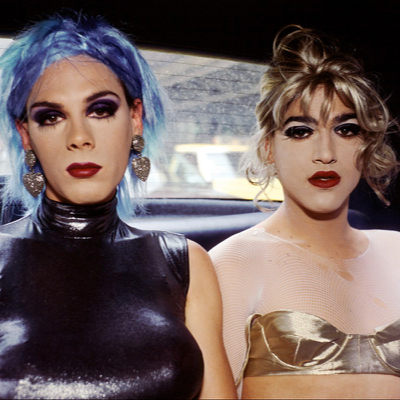
Details
Artist
Styles
Unique work - photographic linnen with a developed photographic image and photo fixation. - Dedicated to Lothar Wolleh (the photographer of the motifs for the UNTERWASSERBUCH ) // Beuys for Lothar by Joseph Beuys is a unique photographic work from 1973, created on linen with a developed photographic image and photo fixation. This monochromatic piece captures Beuys standing in his iconic coat and hat, centered against a stark vertical white strip, flanked by dark, textured areas. The reflection of his figure appears below, adding a layered, almost surreal effect to the composition. Dedicated to photographer Lothar Wolleh, this work resonates with themes of identity and presence, hallmarks of Beuys's oeuvre. The raw texture and solemn tone underscore the artist's connection to performance and ritual, encapsulating his influence on contemporary art.
Beuys for Lothar, 1973
form
Medium
Size
49 x 46 cm
- Inches
- Centimeters
Edition
Price
- USD
- EUR
- GBP
Details
Artist
Styles
Unique work - photographic linnen with a developed photographic image and photo fixation. - Dedicated to Lothar Wolleh (the photographer of the motifs for the UNTERWASSERBUCH ) // Beuys for Lothar by Joseph Beuys is a unique photographic work from 1973, created on linen with a developed photographic image and photo fixation. This monochromatic piece captures Beuys standing in his iconic coat and hat, centered against a stark vertical white strip, flanked by dark, textured areas. The reflection of his figure appears below, adding a layered, almost surreal effect to the composition. Dedicated to photographer Lothar Wolleh, this work resonates with themes of identity and presence, hallmarks of Beuys's oeuvre. The raw texture and solemn tone underscore the artist's connection to performance and ritual, encapsulating his influence on contemporary art.
What is Queer Aesthetics?
Queer Aesthetics refers to an art movement that emerged in the 1980s, focusing on themes of homosexuality, lesbianism, and broader issues of identity and gender. This movement gained momentum in the context of the AIDS crisis and the feminist movement, challenging traditional representations of sexuality and gender. Queer Aesthetics often explores the fluidity of gender and identity, as seen in the works of artists like Nan Goldin, who is known for her photography of individuals with ambiguous or non-conforming gender presentations.












